When you’re picking a gaming monitor, you’ll eventually run into the big panel debate—IPS vs VA vs TN—and if you’ve been digging through specs, you’ve probably seen people talk about IPS like it’s the “color king” of the gaming world. But just reading marketing slides doesn’t tell you how it actually feels to play on one.
Over the years I’ve swapped between different panel types in my own setup, tested them for reviews, and spent way too many hours in games like CS2, Elden Ring, and Forza Horizon just to see how each technology handles real gaming scenarios. IPS gaming monitors have their own set of strengths, quirks, and things you might not expect until you’ve spent enough time behind the screen, and that’s what we’re going to break down here.
What Makes IPS Panels Stand Out for Gaming
IPS stands for In-Plane Switching, and while the name sounds technical, what it means in practice is that the liquid crystal cells in the panel move in a way that keeps colors accurate and consistent even when you’re looking at the screen from an angle. If you’ve ever had an old TN panel where colors would shift the moment you leaned back in your chair, you’ll know why this matters. With IPS gaming monitors, you can shift in your seat, glance over from another angle, or run a dual-monitor setup without one screen looking pale and washed out compared to the other.
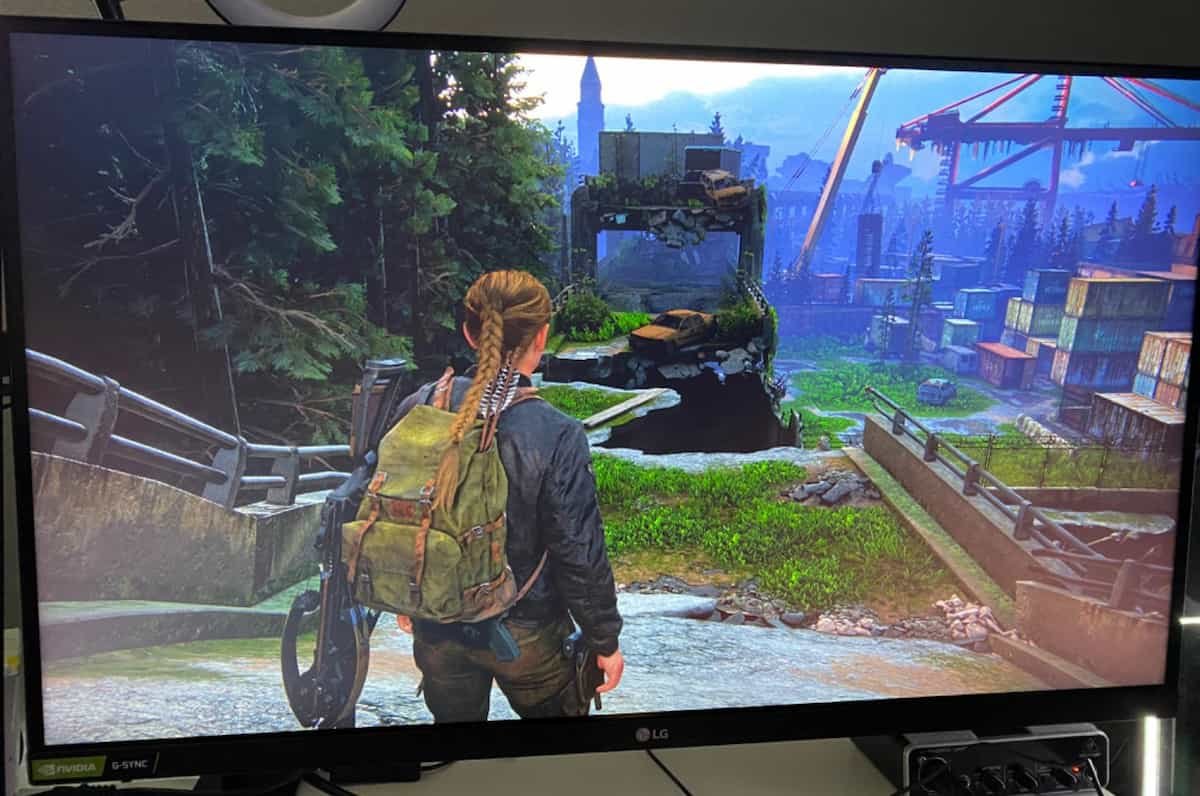
One of the biggest advantages of IPS is how it handles color reproduction. Games that rely on strong art direction—like the painterly skies in No Man’s Sky or the dense forests in The Witcher 3—benefit from panels that can show a wide range of colors without crushing them into dull shades. That vibrancy is something you start to miss when you go back to a panel type with weaker color performance.
IPS also tends to offer more natural contrast than TN, so bright highlights and shadow details don’t clash as much. In a game like Cyberpunk 2077, neon signs stand out without making nearby areas feel flat. It’s a subtle thing you notice more over time—your eyes just don’t feel like they’re fighting the image.
Key Benefits of IPS Monitors in Gaming
Color accuracy is at the top of the list, but the benefits don’t end there. Wide viewing angles mean you can share your screen with someone sitting next to you or even play split-screen without one player getting a duller image. If you’ve ever tried couch co-op on a TN panel, you know that one side of the couch looks perfect while the other looks like it’s covered in a gray filter. With IPS, both players get the same view.
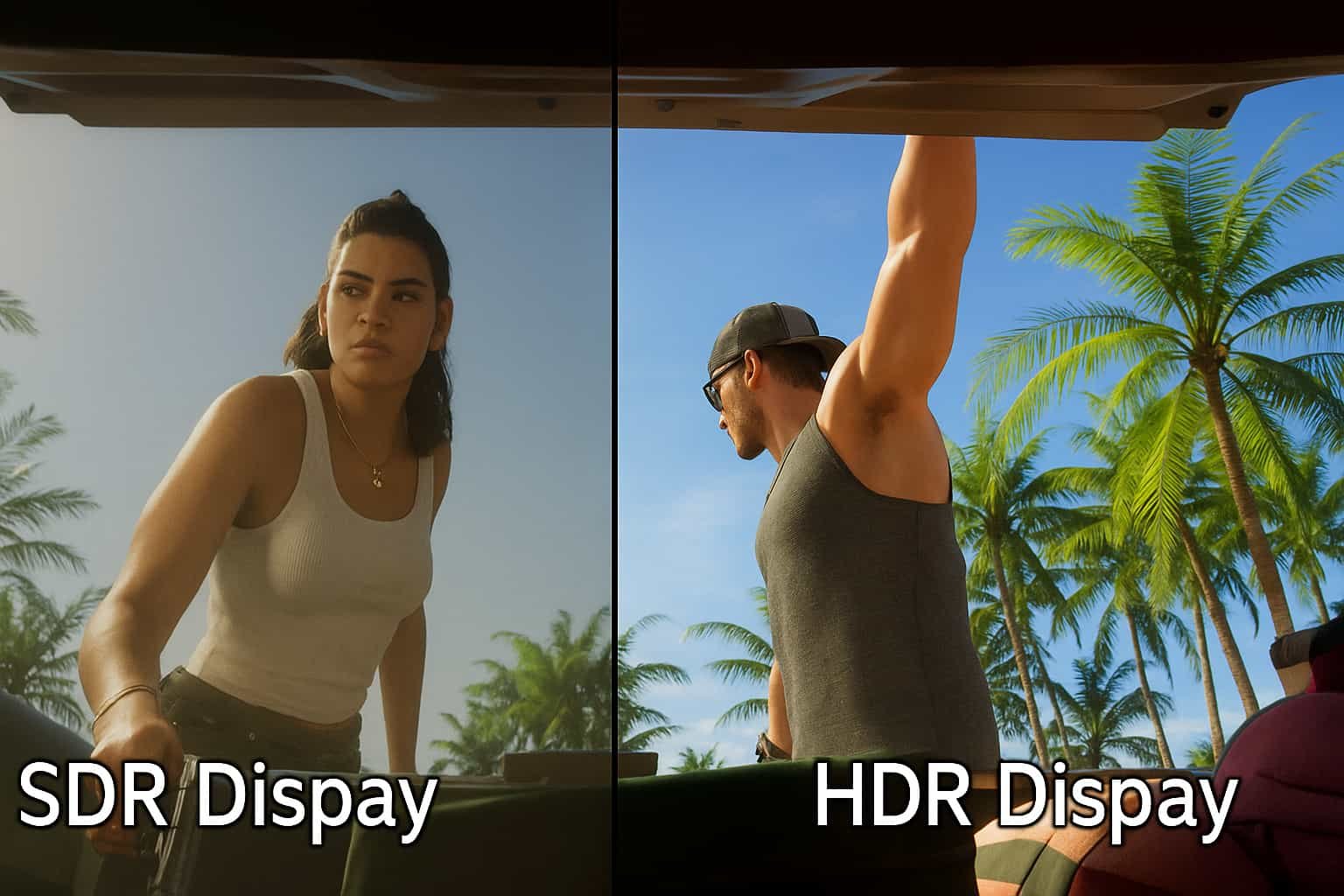
Another advantage is HDR support. Many modern IPS monitors can hit higher brightness levels and show more detail in bright areas without blowing out the image. This means sunsets in Horizon Zero Dawn can glow without losing the intricate cloud patterns, and explosions in Battlefield still leave the environment readable instead of blinding you with white.
For multi-monitor setups, IPS shines because the wide viewing angles prevent that awkward color shift where your side monitors never quite match your main one. Streamers, content creators, or anyone who uses multiple screens will appreciate not having to constantly adjust their head position just to see accurate colors.
Are There Downsides to IPS Panels?
As good as they are, IPS panels aren’t perfect. Compared to VA panels, IPS usually has lower native contrast, meaning blacks can look more gray in a dark room. If you’re someone who likes gaming late at night with the lights off, VA might give you a deeper, more cinematic feel in dark scenes. TN panels, while lacking in color quality, can still have the fastest raw response times for esports-level performance.
Then there’s IPS glow, a faint light that can appear in dark scenes, especially near the edges of the screen. It’s more noticeable if you’re viewing from an angle, and while it doesn’t ruin gameplay, it can be distracting if you’re sensitive to uniformity issues. Most people stop noticing it after a few days, but it’s worth knowing about before you commit.
Input lag on IPS is generally fine for gaming, but if you’re chasing every millisecond in ultra-competitive play, certain VA or TN models might be a hair quicker. That said, with modern fast IPS monitors, the gap has narrowed enough that most players won’t notice the difference unless they’re used to the absolute fastest esports gear.
Response Time & Refresh Rates: What You Need
If you’re buying an IPS for gaming, you’ll want to aim for at least IPS 144Hz gaming performance, with a gray-to-gray (G2G) response time of 1–4ms. This ensures smooth motion and less ghosting in fast-paced games. The days when IPS meant “slow” are gone—fast IPS monitors use improved liquid crystal alignment and overdrive settings to get very close to TN in responsiveness.
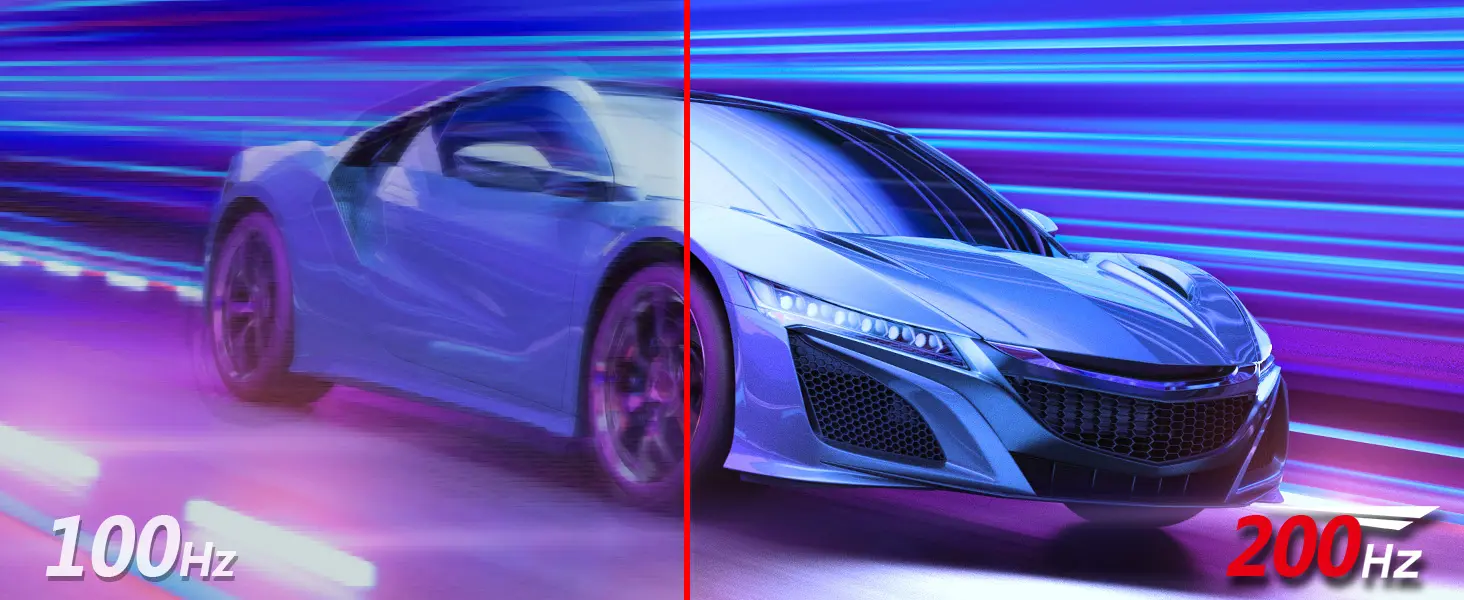
There’s also a noticeable difference between regular IPS and “Fast IPS” in how they handle motion blur. In games like Apex Legends, where you’re tracking enemies in chaotic firefights, fast IPS keeps the image sharp enough to follow movement without smearing colors. Combine that with adaptive sync (G-Sync or FreeSync), and you can avoid tearing without introducing much input lag.
Gaming Performance in Real Titles
In real-world testing, the IPS monitor gaming experience often comes down to balancing visual quality with performance. Playing CS2 on a fast IPS panel felt natural—there was no ghosting on fast flicks, and enemy silhouettes stayed clear even in motion. The color accuracy also meant map textures looked more defined, which can help with visibility.

In Elden Ring, IPS really shined. The subtle shifts in lighting as you move through different environments felt more natural, and the color depth made the world feel alive. From the soft blues of moonlit castles to the warm glow of torches in dungeons, the panel captured the game’s atmosphere beautifully.
In Forza Horizon, wide viewing angles made it easy to glance at a side monitor with maps or stats without losing visual fidelity. The bright, vibrant colors of the cars and landscapes popped without feeling oversaturated, giving the game a more polished look.
IPS vs VA vs TN: Comparative Look
When you break it down, TN is still the go-to for pure speed, VA takes the crown for contrast and deep blacks, and IPS is the all-rounder. For someone who plays a mix of competitive shooters, story-driven RPGs, and open-world games, IPS usually offers the best compromise.
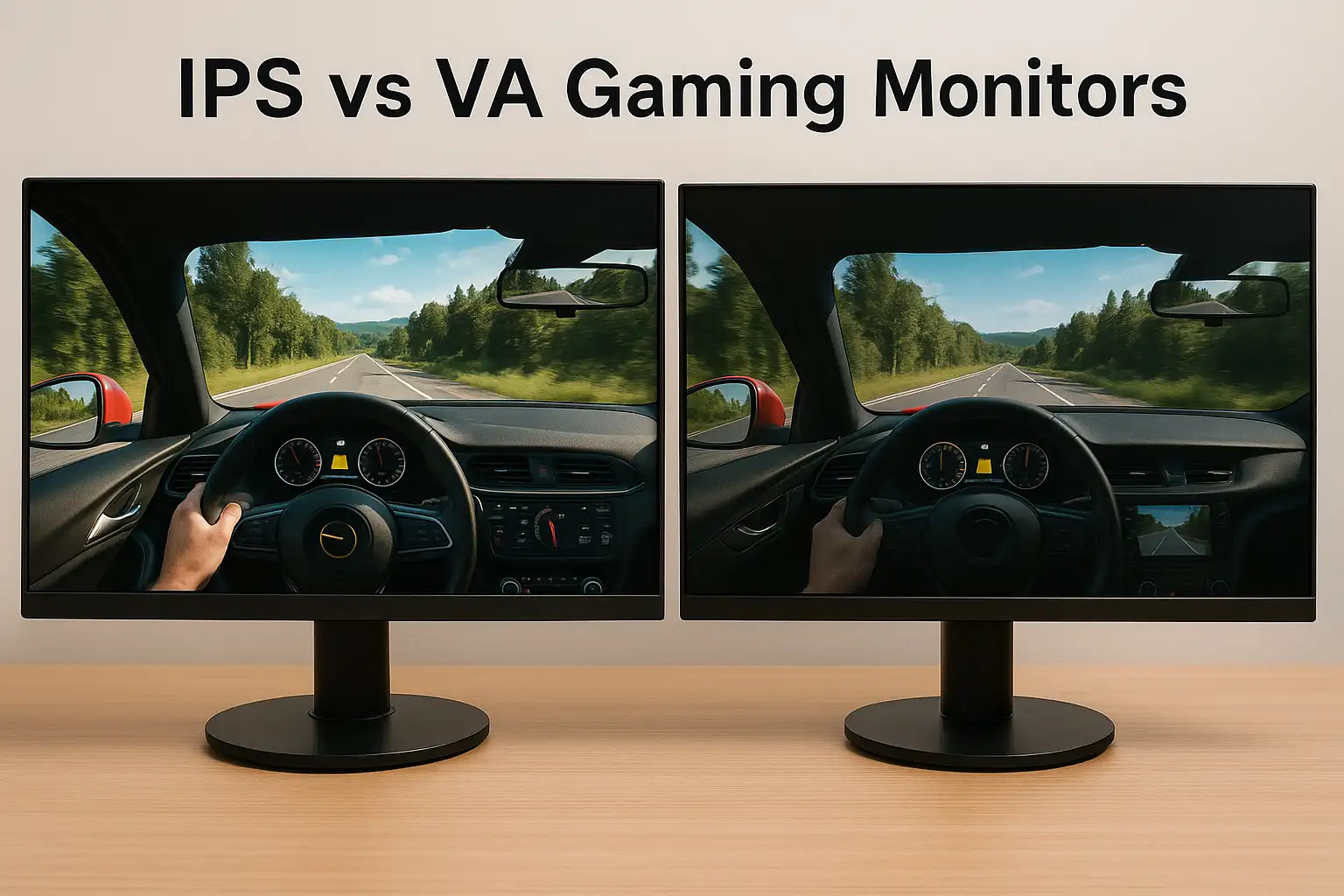
In the IPS vs VA gaming monitor debate, VA will look better in dark games like horror titles or space sims, while IPS handles daylight scenes and varied environments with more consistency. TN might still win for esports players focused purely on frame timing, but most modern IPS panels are fast enough to compete while offering much better visuals.
Common Gaming Questions on IPS
Is IPS good for competitive gaming? With today’s fast IPS panels, yes. While older IPS monitors lagged behind in speed, current models can offer low response times and high refresh rates that make them viable for serious play. The slight trade-off in motion clarity compared to TN is usually outweighed by the improved color accuracy and viewing angles.
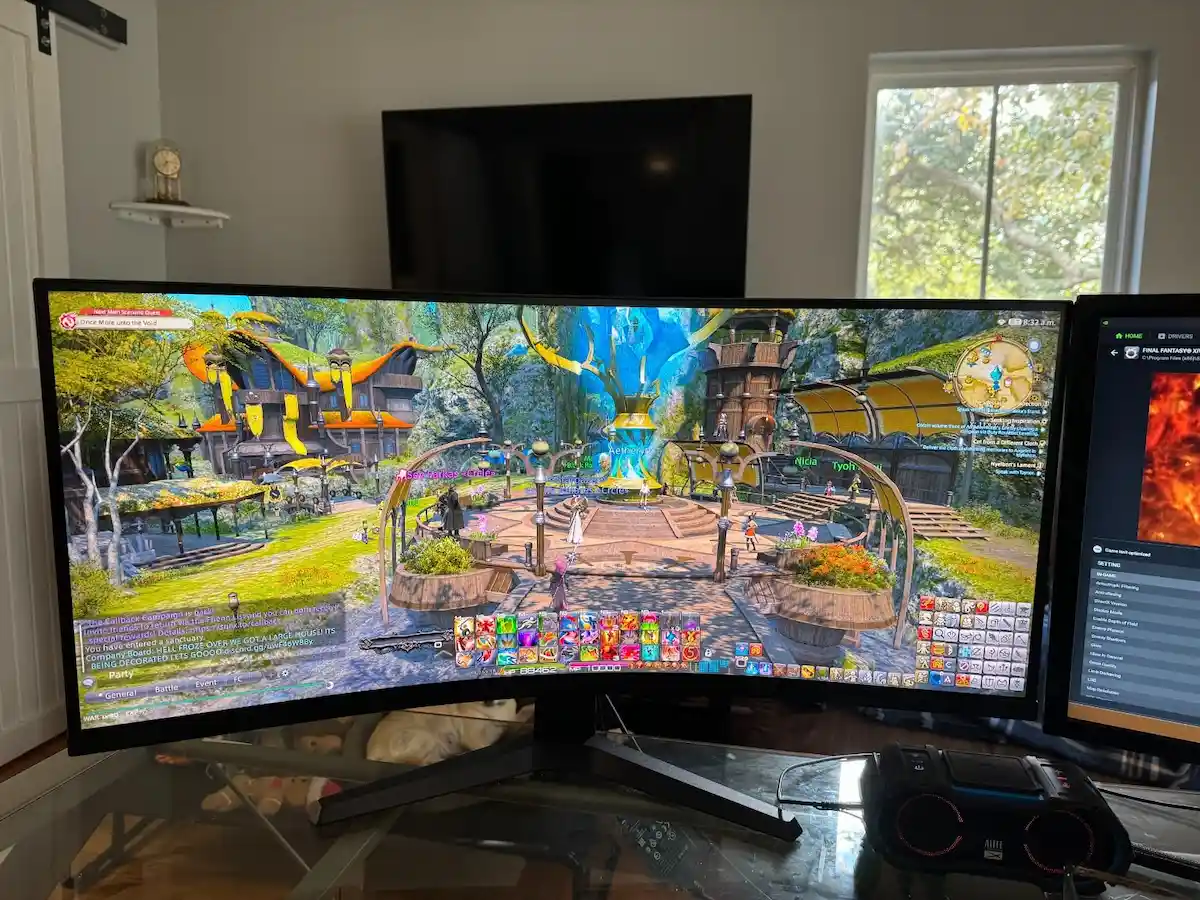
IPS glow is often brought up as a negative, but for most gamers, it’s a minor issue that’s only noticeable in very dark scenes. For players who value precise color reproduction—like those in competitive shooters where spotting a pixel difference can matter—it’s worth it.
Best IPS Gaming Monitors Worth Buying
A few strong picks for 2026 include:
- LG UltraGear 27GP850 – 165Hz Fast IPS, G-Sync Compatible, excellent colors and speed.
- ASUS ROG Swift PG279QM – 240Hz IPS, built for esports, sharp motion.
- Dell S2721DGF – 165Hz IPS with solid HDR performance for the price.
These monitors balance refresh rate, response time, and visual quality, making them solid choices for a wide range of gamers.
Final Verdict: Are IPS Monitors Good for Gaming?
If you value accurate colors, wide viewing angles, and strong all-around performance, IPS is a safe bet. For casual gamers, it’s a clear upgrade over TN or budget VA. For competitive players, modern fast IPS monitors close the gap in speed while keeping visual quality high. And for visual enthusiasts who care about how their games look as much as how they run, IPS remains one of the best panel types available.
FAQs About IPS Monitors for Gaming
Is IPS good for competitive gaming?
Yes, modern fast IPS panels are more than capable for competitive gaming. While older models had slower response times, today’s best IPS gaming monitors offer 1–4ms G2G, 144Hz or higher refresh rates, and low input lag. That means you can play CS2, Valorant, or Apex without feeling held back, and you’ll still get the color accuracy and wide viewing angles IPS is known for.
What’s the difference between IPS vs VA vs TN for gaming?
In the IPS vs VA vs TN debate, each panel type has a strength. TN is the fastest for raw response time, VA has the best contrast and deep blacks, and IPS is the all-rounder—great colors, good speed, and strong viewing angles. If you want balance between visuals and performance, IPS is often the safest choice.
Do IPS monitors have issues with glow?
Yes, IPS glow is a thing—it’s a faint light that appears in dark scenes, usually near the edges of the screen. It’s more noticeable in pitch-black rooms, but for most gamers, it’s not a dealbreaker. Many players stop noticing it after a few days of regular use.
Are IPS 144Hz gaming monitors worth it?
Absolutely. Moving from 60Hz to 144Hz (or higher) on a good IPS monitor makes games feel smoother and more responsive. Fast IPS monitors can handle quick motion without heavy ghosting, making them great for shooters, racing sims, and even competitive play.
What’s the ideal use case for an IPS gaming monitor?
IPS shines if you play a variety of games—FPS, RPG, racing, open-world—and want visuals that look consistent from any angle. It’s also great for multi-monitor setups, streaming, and content creation where color accuracy matters as much as speed.